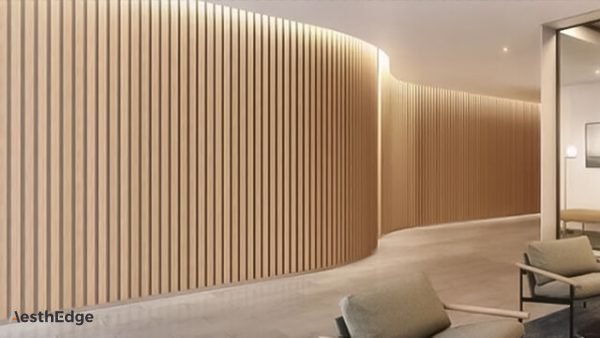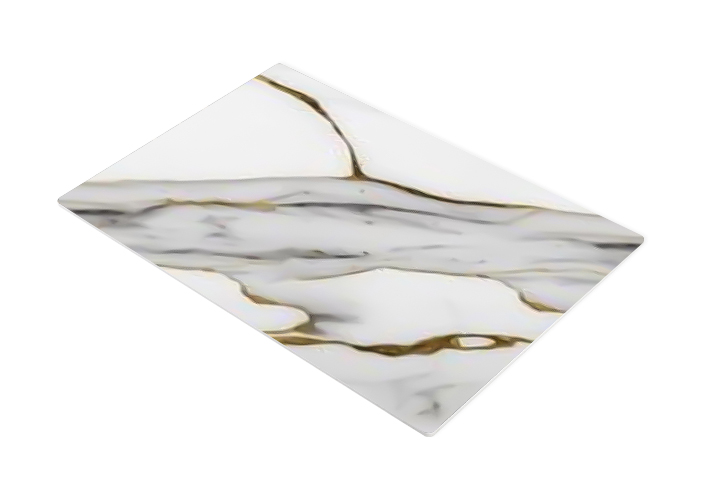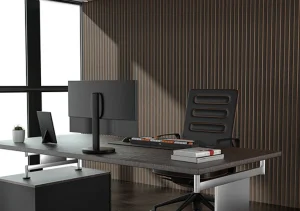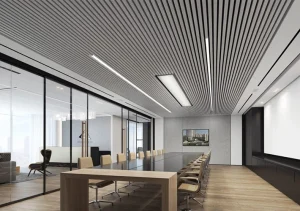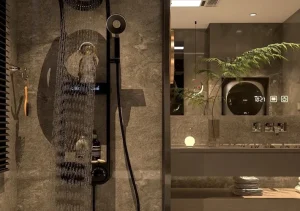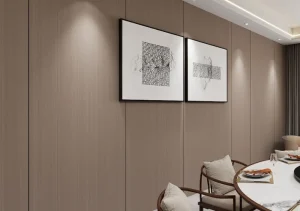PVC (Polyvinyl Chloride) marble sheets are widely used in interior decoration due to their aesthetic appeal, durability, and cost-effectiveness. Understanding the raw materials involved in the production of PVC marble sheets is crucial for manufacturers, suppliers, and buyers alike. This article will delve into the key raw materials used, their functions, and considerations for sourcing and quality control, while also exploring the production process itself.
PVC Marble Sheet Gilded Marble Sheet White
PVC marble sheet captures the exquisite beauty of natural marble with remarkable precision. From the intricate veining and rich textures to the captivating color variations, these sheets emulate the sophistication and opulence of genuine marble, adding a touch of luxury to any interior space.
View MoreTable of Contents
TogglePolyvinyl Chloride (PVC) Resins
1 Types of PVC Resins
PVC-U (Unplasticized Polyvinyl Chloride): This rigid form of PVC is ideal for applications requiring high strength and rigidity. It is commonly used in construction and building materials due to its excellent durability and resistance to chemicals.
- Properties: High tensile strength, good weather resistance, and low thermal conductivity.
- Applications: Pipes, profiles, and sheets that require structural integrity.
PVC-P (Plasticized Polyvinyl Chloride): This softer version is made flexible by the addition of plasticizers. It is particularly useful for applications requiring flexibility and impact resistance.
- Properties: Enhanced flexibility, softer touch, and better processability.
- Applications: Flooring, wall coverings, and decorative sheets.
2 Sourcing PVC Resins
When sourcing PVC resins, manufacturers must consider:
- Supplier Reliability: It is critical to partner with suppliers who have a reputation for providing consistent quality.
- Quality Assurance: Suppliers should offer certifications that guarantee the purity and performance characteristics of the resin.
- Cost Considerations: Bulk purchasing can reduce costs, but it is essential to ensure that price does not compromise quality.
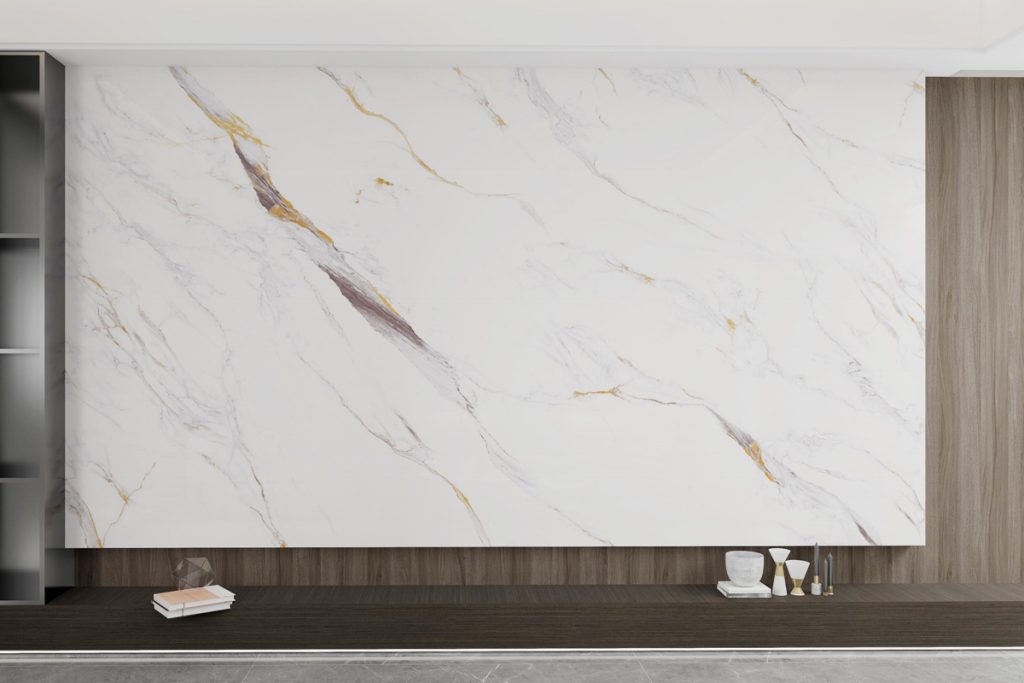
Calcium Carbonate (CaCO₃)
1 Role in Production
Calcium carbonate is a versatile filler in PVC marble sheets, providing bulk and contributing to the overall structural properties without significantly increasing production costs.
2 Types of Calcium Carbonate
- Ground Calcium Carbonate (GCC): Produced by crushing and grinding limestone, GCC is a common choice for fillers due to its high purity and low cost.
- Precipitated Calcium Carbonate (PCC): This synthetically produced calcium carbonate offers a finer particle size and greater control over morphology, leading to improved performance characteristics.
3 Sourcing Calcium Carbonate
- Purity and Quality: It is crucial to source calcium carbonate with minimal impurities, as contaminants can adversely affect the appearance and mechanical properties of the final product.
- Local vs. Imported: Considerations of shipping costs and lead times can impact sourcing decisions. Local suppliers might offer better prices due to lower transportation costs.
Titanium Dioxide (TiO₂)
1 Purpose of Titanium Dioxide
TiO₂ is essential for achieving the desired aesthetic qualities in PVC marble sheets:
- Opacity: It ensures that the sheets are not transparent and can effectively cover underlying surfaces.
- UV Resistance: TiO₂ helps to protect against UV degradation, maintaining the color and structural integrity of the sheets over time.
2 Sourcing Considerations
- Quality Variations: Different grades of titanium dioxide exist, which can affect the brightness and durability of the sheets. Choosing a reputable supplier is critical.
- Cost Implications: TiO₂ can be one of the more expensive raw materials, so manufacturers must balance cost with performance.
Plasticizers
1 Types of Plasticizers
- Dioctyl Phthalate (DOP): Historically the most common plasticizer, but it is facing regulatory scrutiny due to potential health risks.
- Dioctyl Terephthalate (DOTP): A safer alternative that does not have the same health concerns as phthalates.
- Other Alternatives: Bio-based plasticizers and non-phthalate options are gaining popularity for their environmental benefits.
2 Functionality
Plasticizers enhance flexibility and durability:
- Impact Resistance: Improved flexibility means the sheets can better withstand impacts without cracking.
- Processing Benefits: They allow for lower processing temperatures, reducing energy consumption during production.

Stabilizers
1 Types of Stabilizers
- Lead Stabilizers: While effective, they are being phased out due to environmental and health regulations.
- Calcium-Zinc Stabilizers: Considered safer alternatives that provide effective stabilization without the risks associated with lead.
- Barium-Cadmium Stabilizers: Effective but similarly facing regulatory scrutiny.
2 Importance of Stabilizers
Stabilizers are crucial for maintaining the integrity of PVC during processing:
- Degradation Prevention: They prevent discoloration and degradation from heat and UV exposure.
- Shelf Life: Stabilizers contribute to the longevity of the product, ensuring it performs well over time.
Additives
1 Types of Additives
- Flame Retardants: These are critical for meeting safety standards, especially in applications where fire resistance is essential.
- Anti-Oxidants: These help to prevent the oxidative degradation of PVC, prolonging the product’s life.
- UV Absorbers: Essential for outdoor applications to minimize fading and damage from sunlight exposure.
2 Functional Benefits
Additives can significantly enhance the performance of PVC marble sheets:
- Fire Safety: Flame retardants ensure compliance with fire safety regulations.
- Durability: Anti-oxidants and UV absorbers contribute to the overall durability and aesthetic appeal of the sheets.
Production Process Overview
1 Compounding
The compounding stage is where the various raw materials are blended:
- Mixing: Ingredients are thoroughly mixed in specific proportions to ensure uniformity.
- Heating: This process often involves heating the mixture to achieve a homogenous blend, which is crucial for consistent quality.
2 Calendering and Extrusion
- Calendering: In this method, the compounded material is passed through a series of rollers to create thin sheets. This process allows for precise control over thickness and surface texture.
- Extrusion: In extrusion, the material is pushed through a die, creating continuous sheets that are cut to size. This method is advantageous for producing large quantities quickly.
3 Cooling and Cutting
- Cooling: After forming, sheets are cooled to solidify the material and prevent warping.
- Quality Control: Final inspection includes checking for defects, thickness uniformity, and surface quality before packaging.
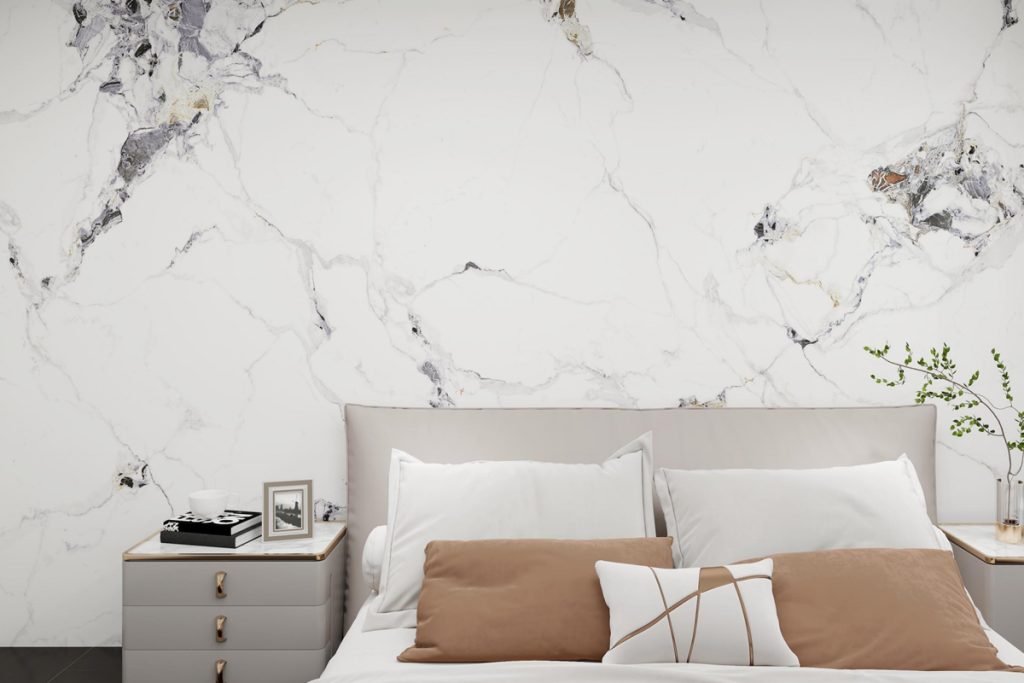
Quality Control and Sourcing Considerations
1 Quality Control Measures
- Material Testing: Regular testing of raw materials for consistency in quality and performance characteristics.
- Final Product Inspection: Conducting thorough inspections to ensure that sheets meet specifications regarding appearance and physical properties.
2 Sourcing Strategies
- Building Supplier Relationships: Establishing long-term relationships with reliable suppliers can ensure consistent quality and favorable pricing.
- Monitoring Market Trends: Keeping an eye on raw material market trends can help manufacturers make informed decisions about purchasing and inventory management.
Conclusion
Understanding the raw materials involved in PVC marble sheet production is critical for manufacturers aiming to produce high-quality products. By focusing on the selection, sourcing, and quality control of these materials, companies can optimize their production processes and enhance the performance and aesthetic appeal of their final products. As the industry evolves, embracing innovative materials and sustainable practices will also become increasingly important, allowing manufacturers to meet the growing demand for eco-friendly solutions while maintaining competitive advantages in the marketplace.
If you want to know more about PVC marble sheets, you can contact us at any time!

